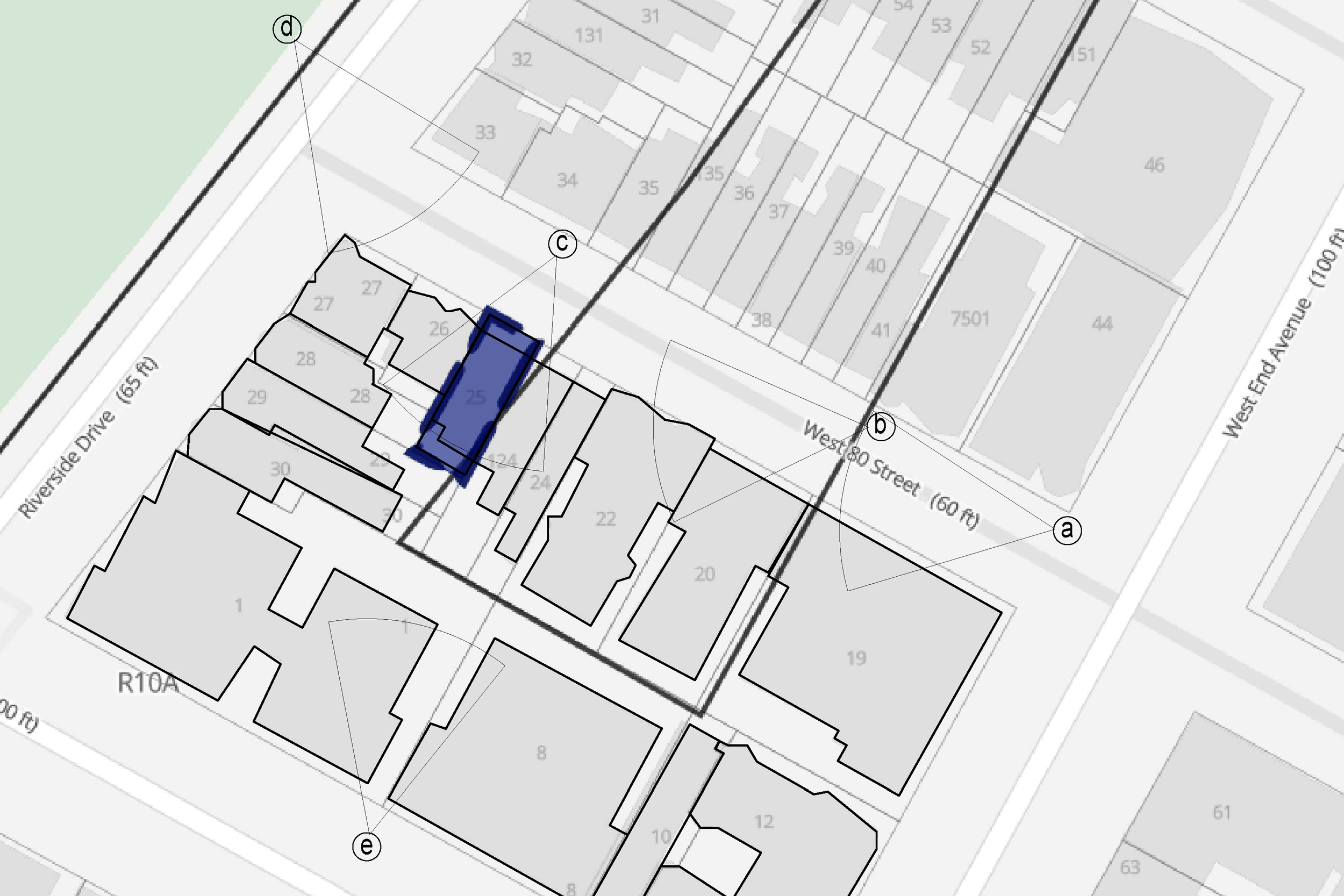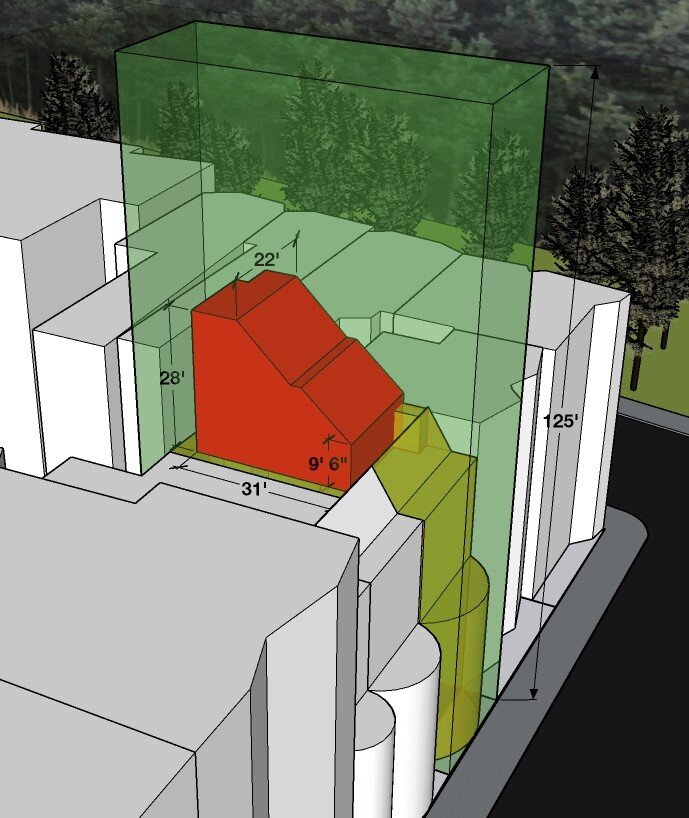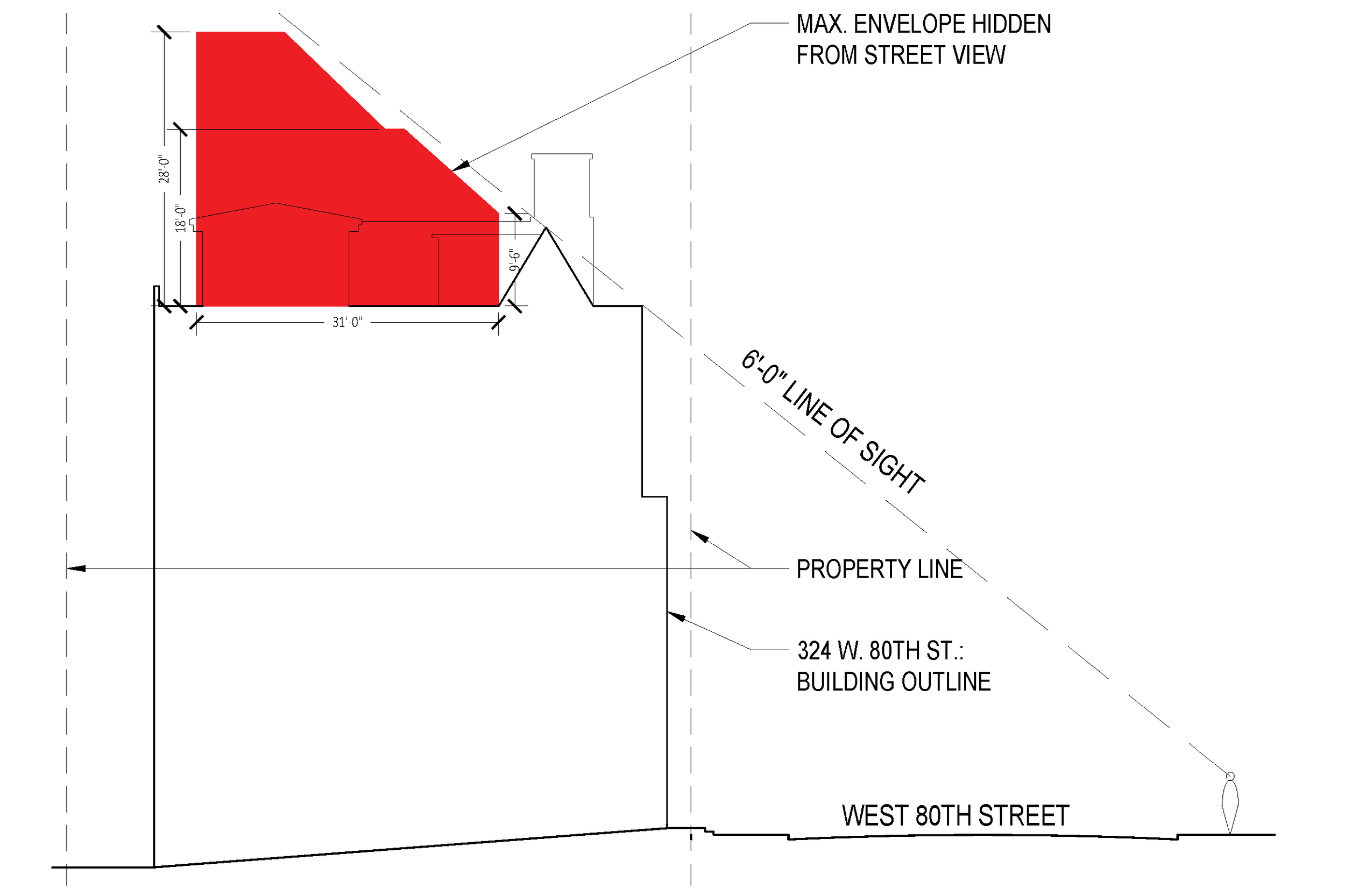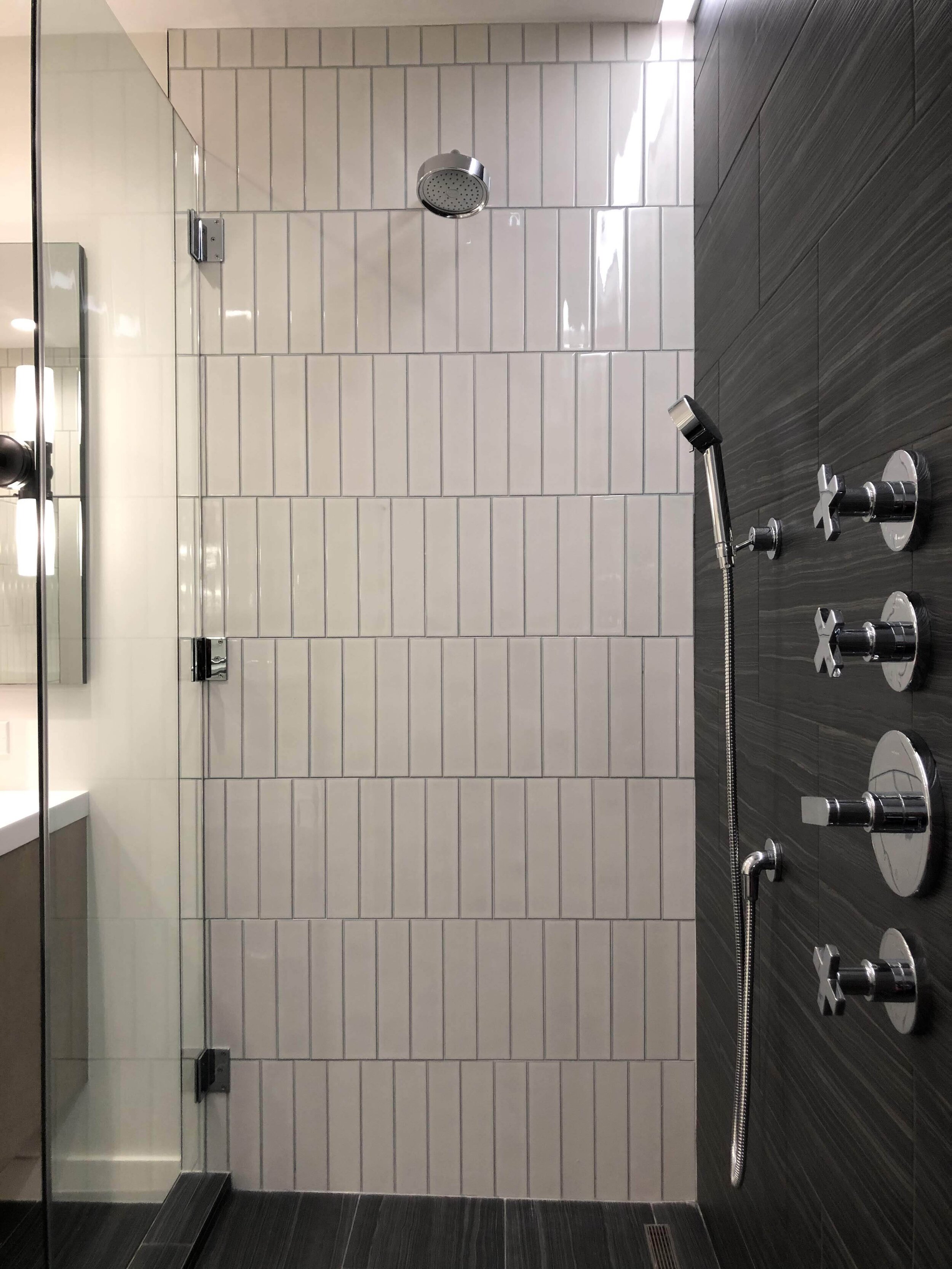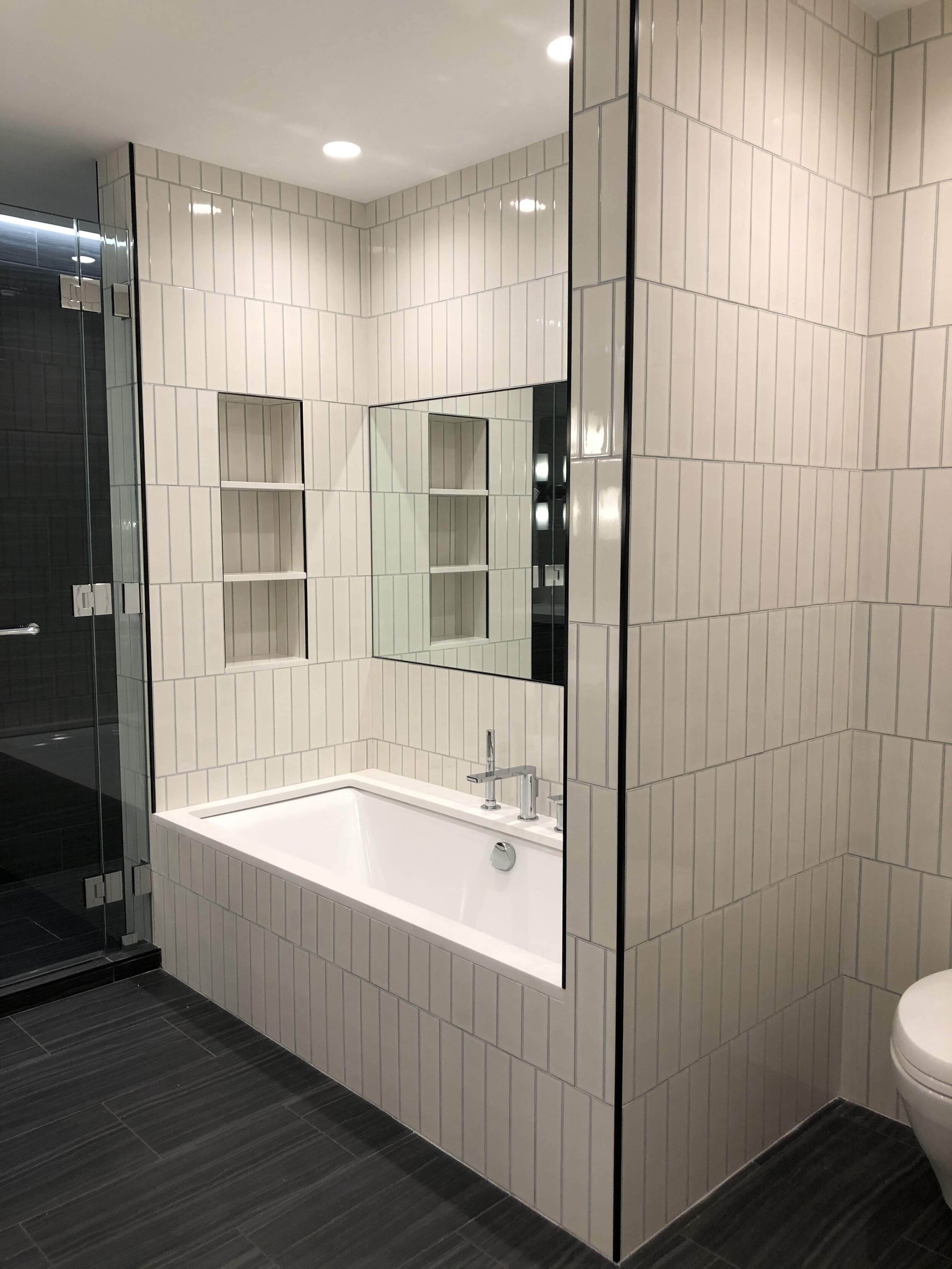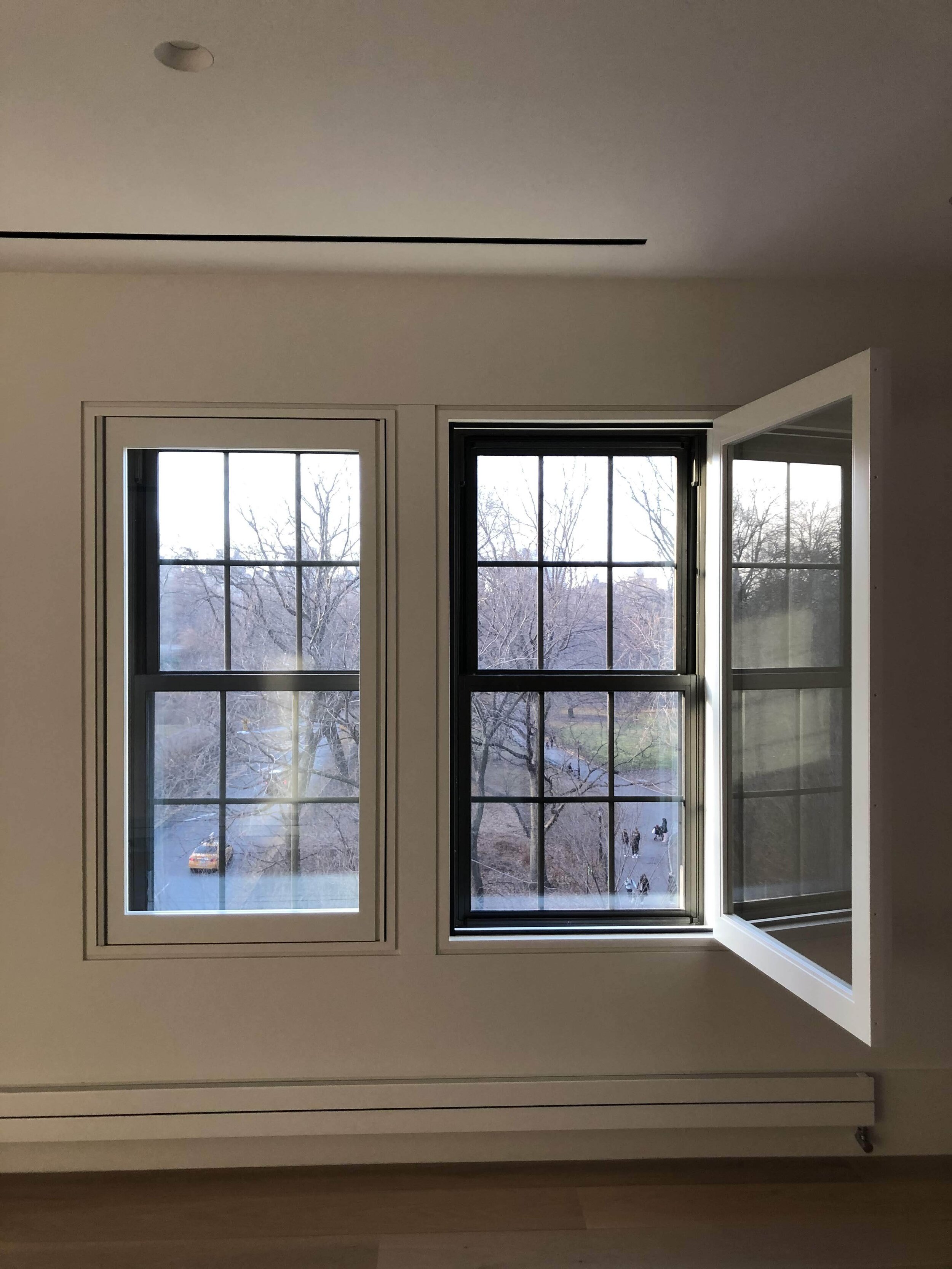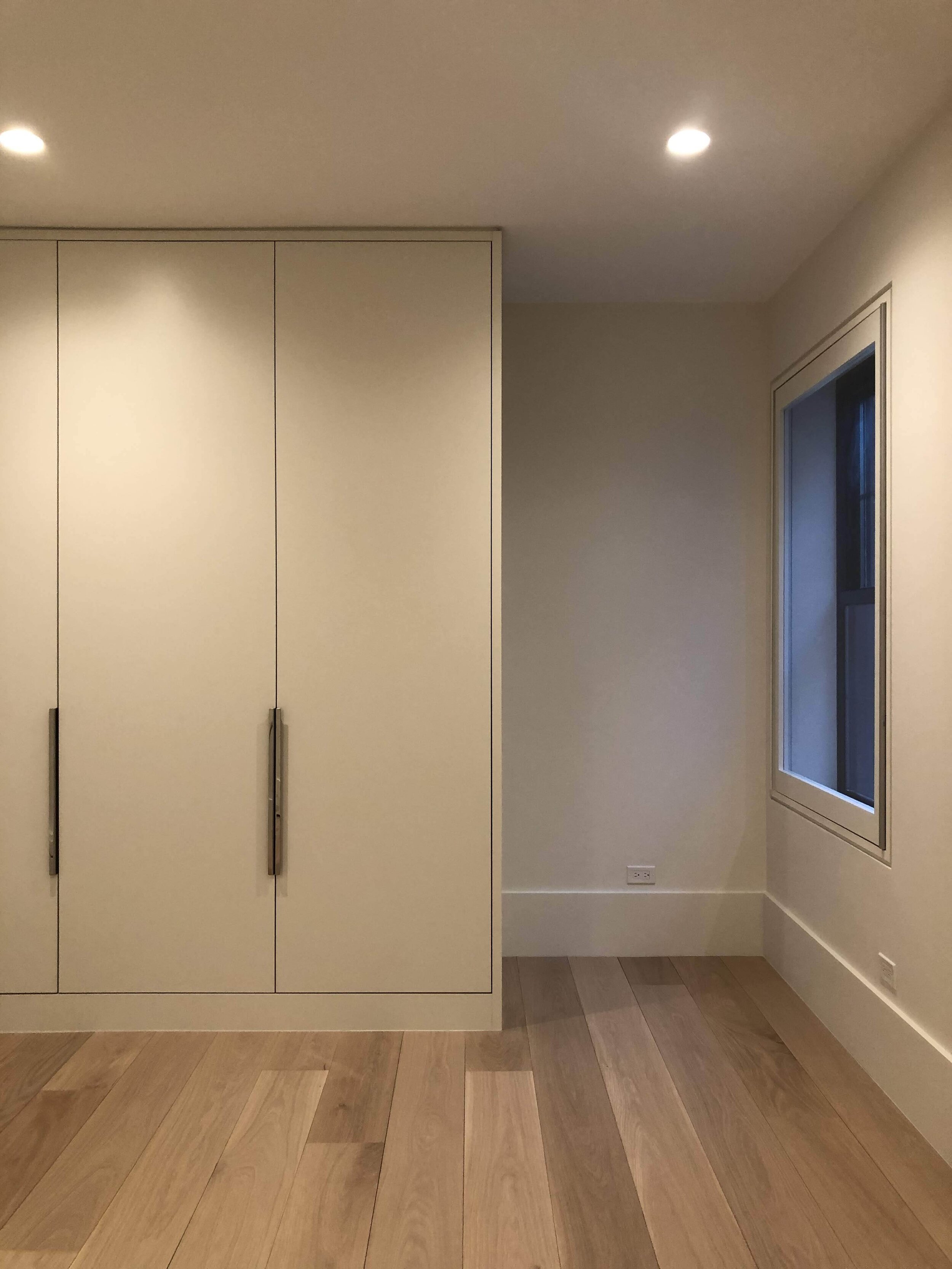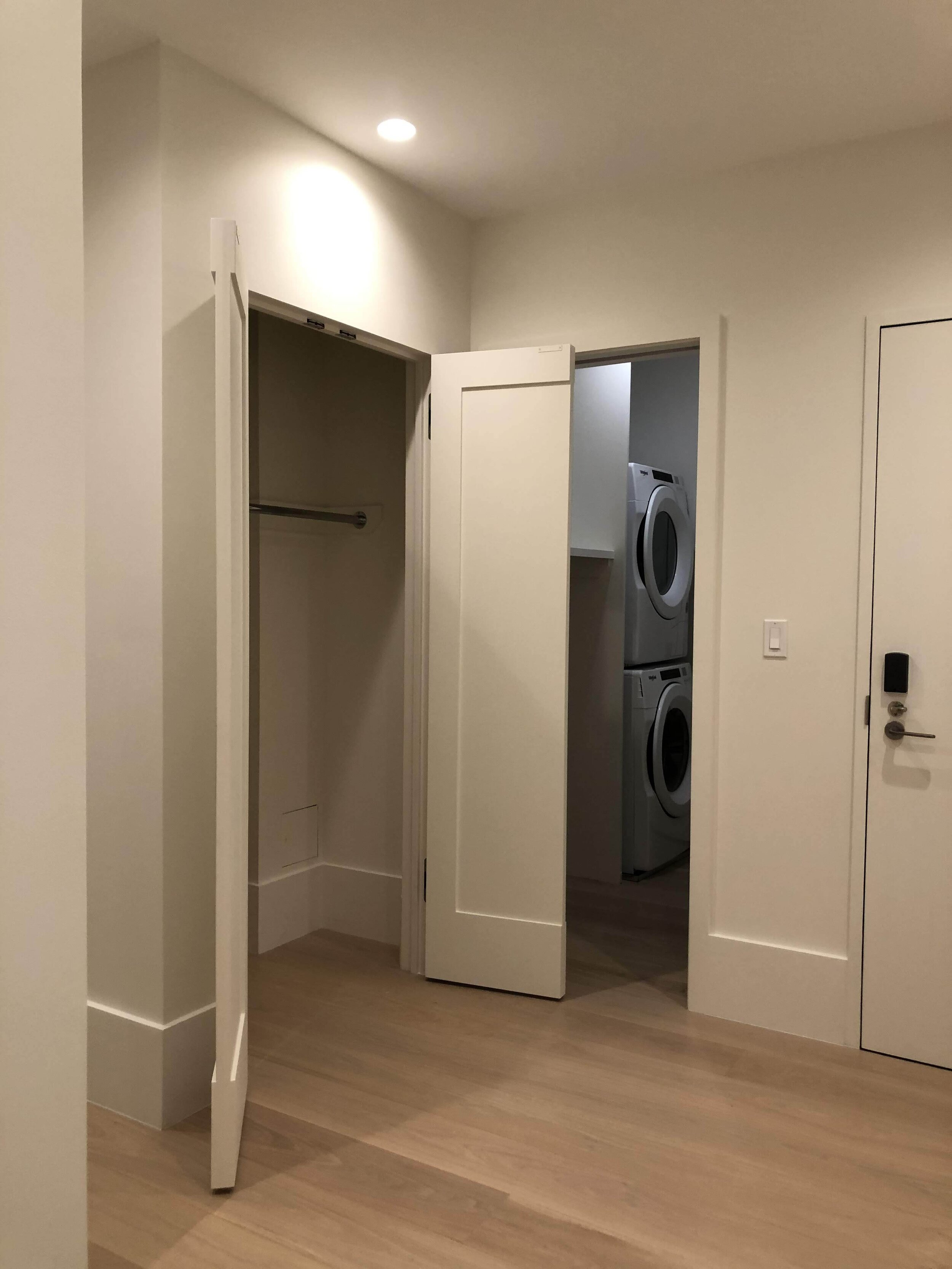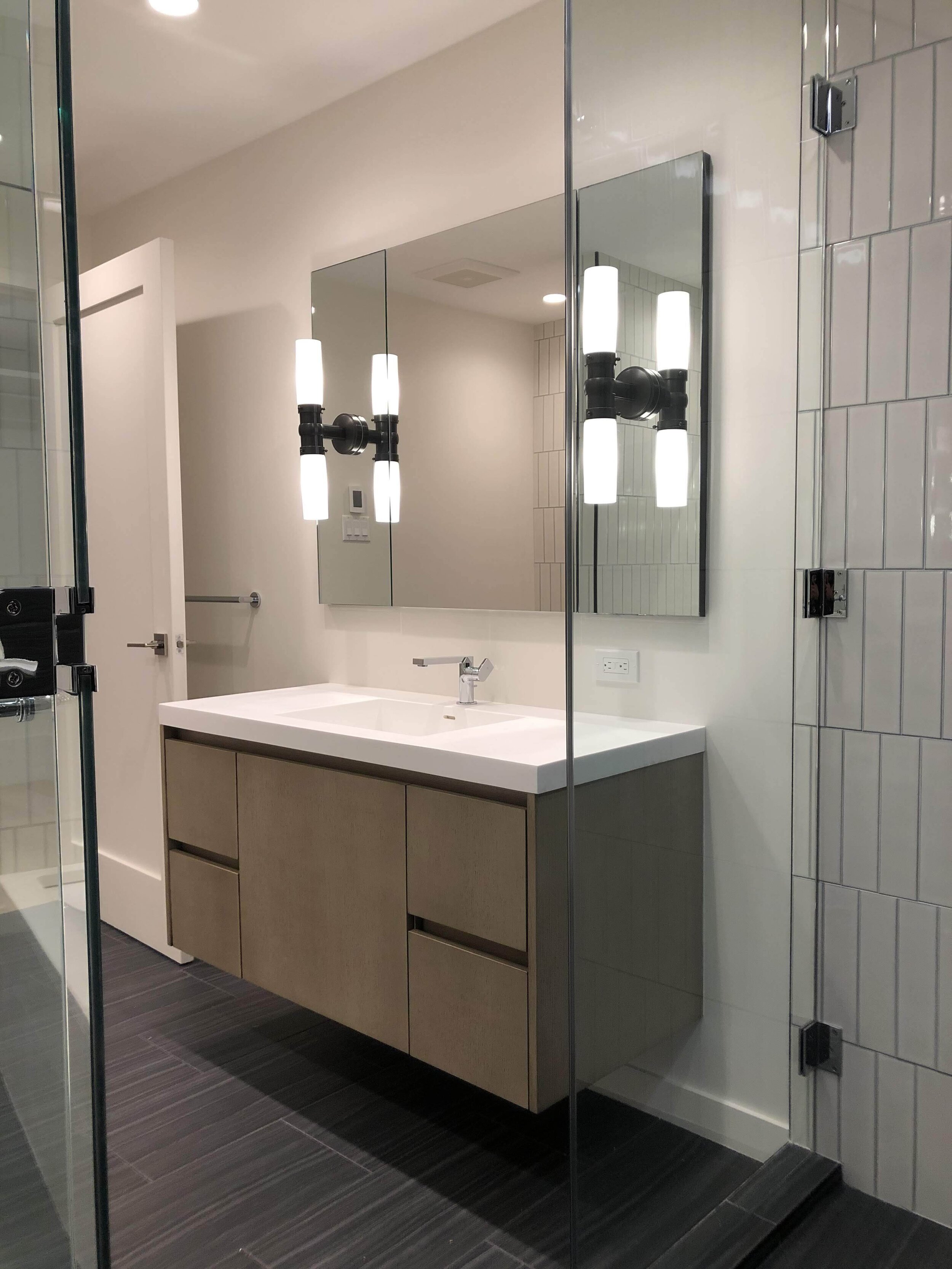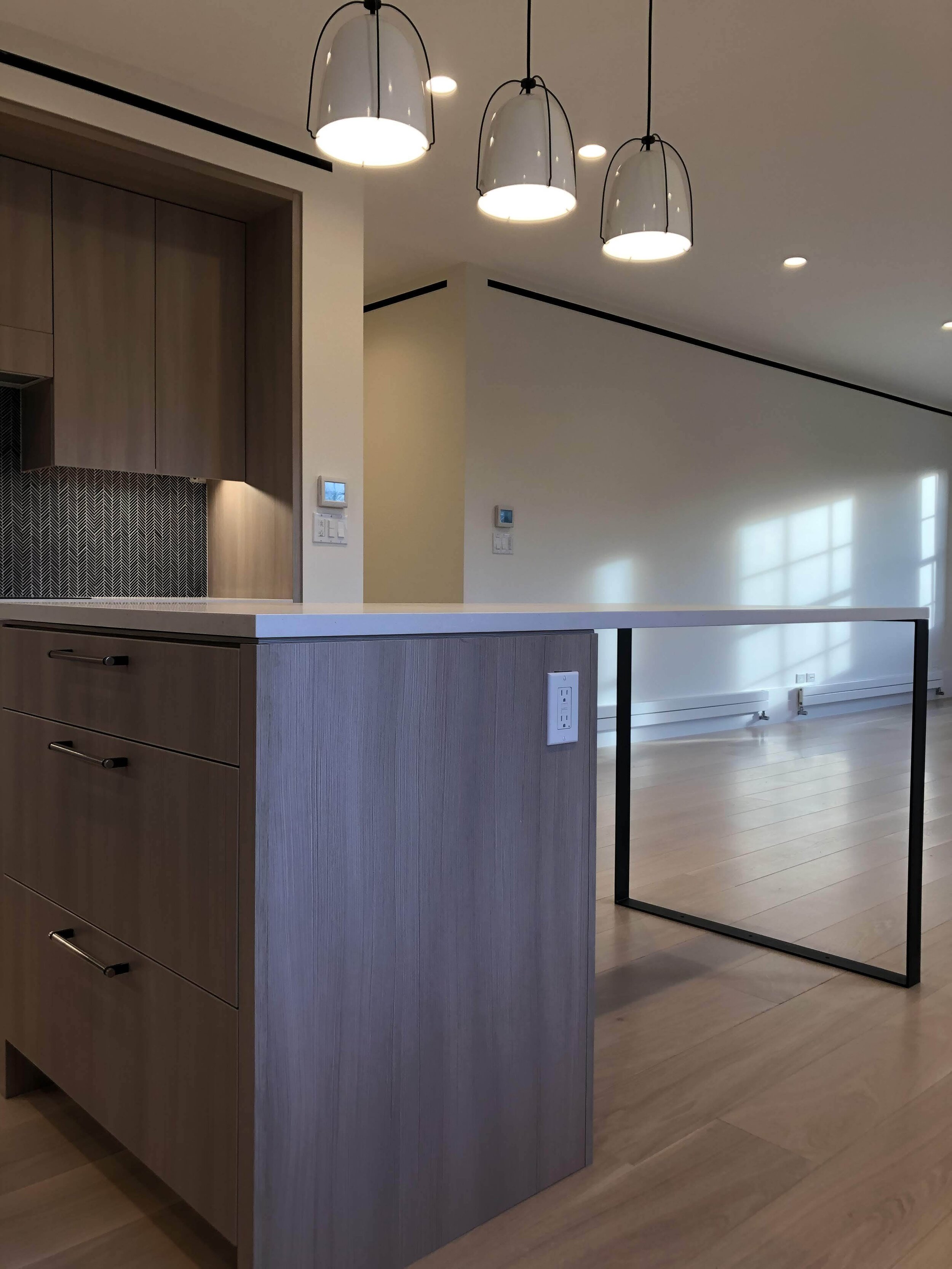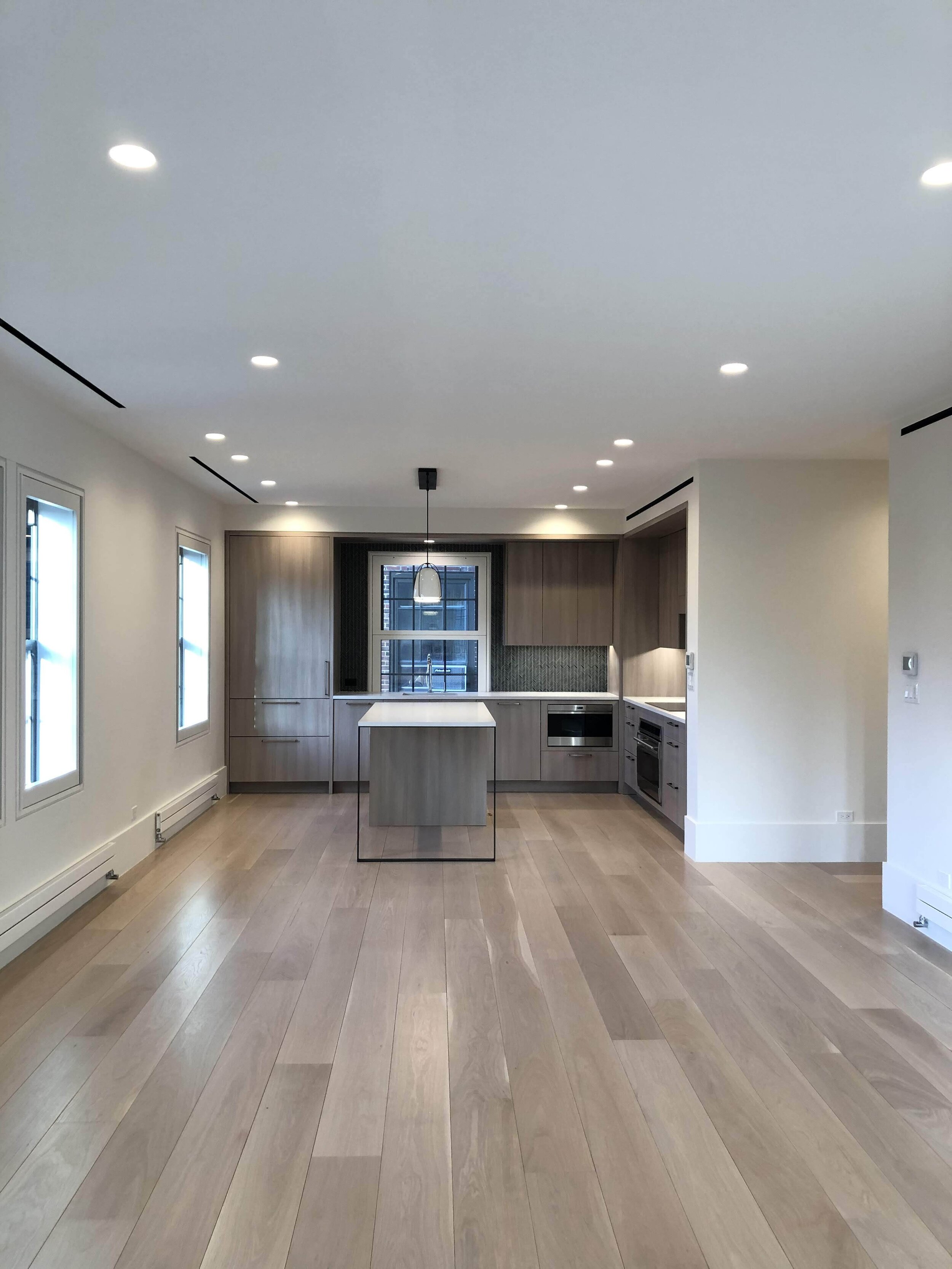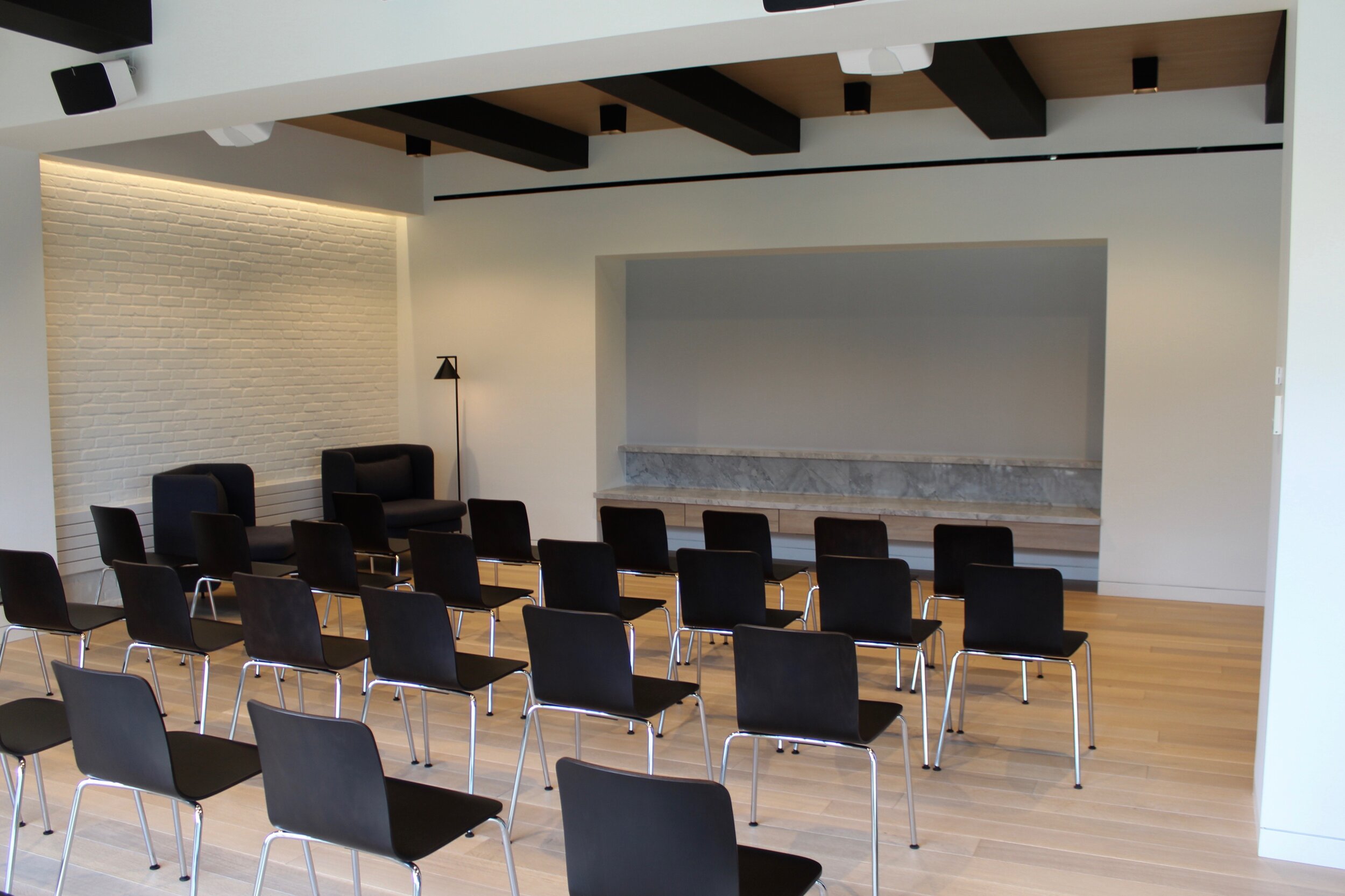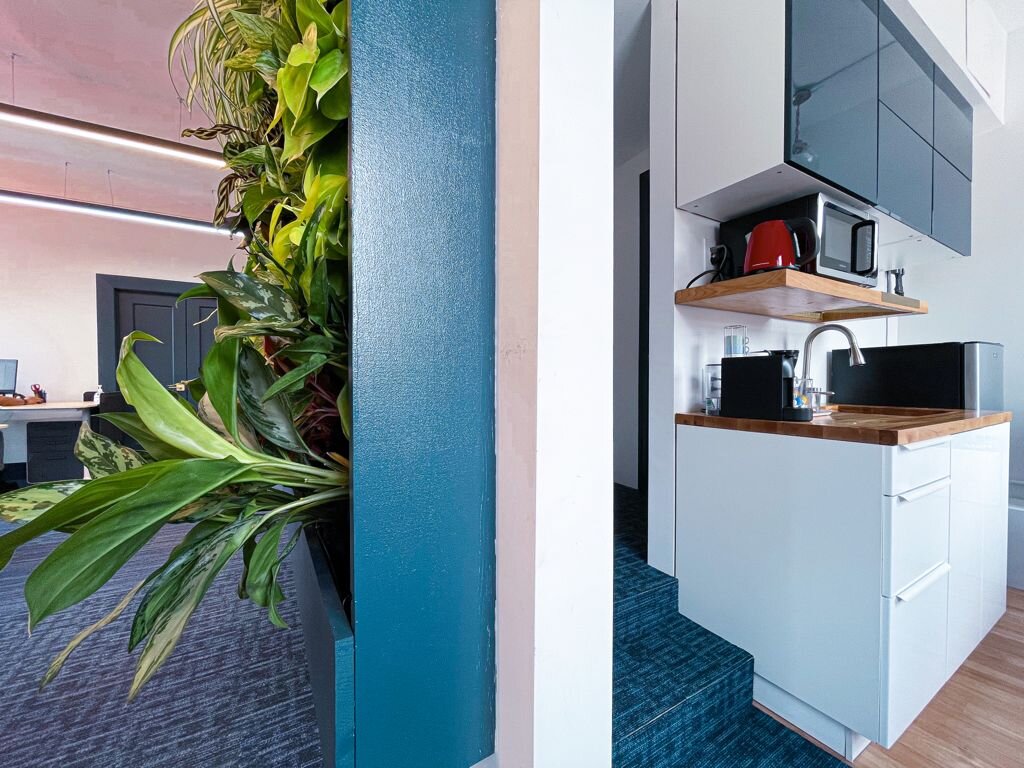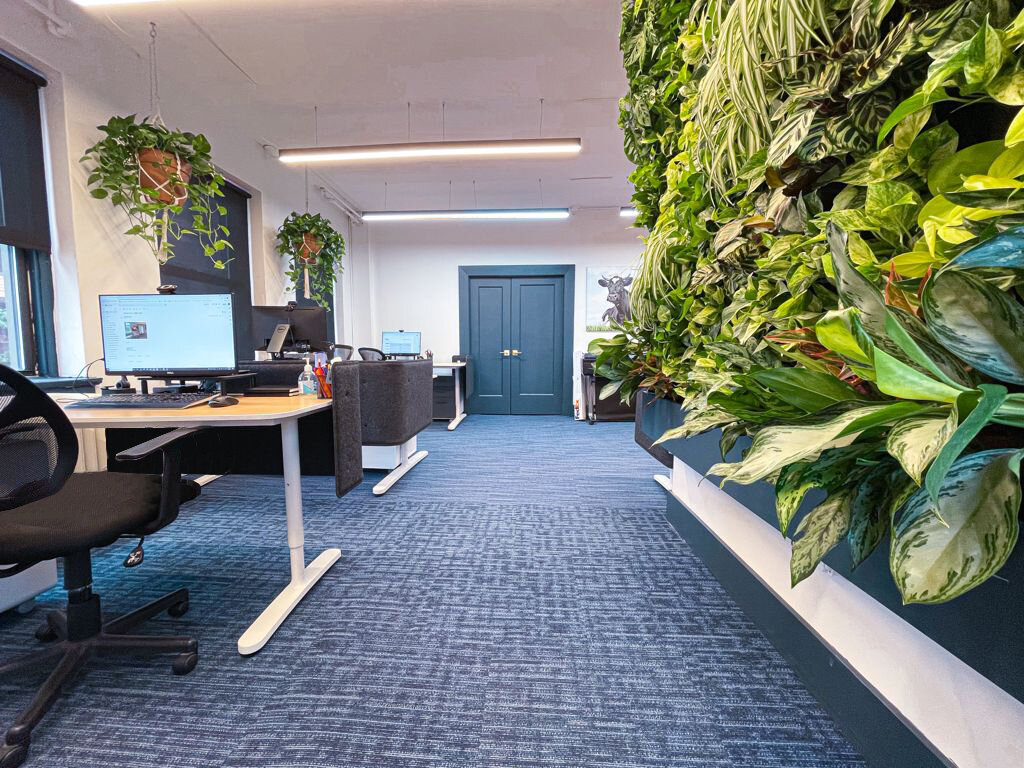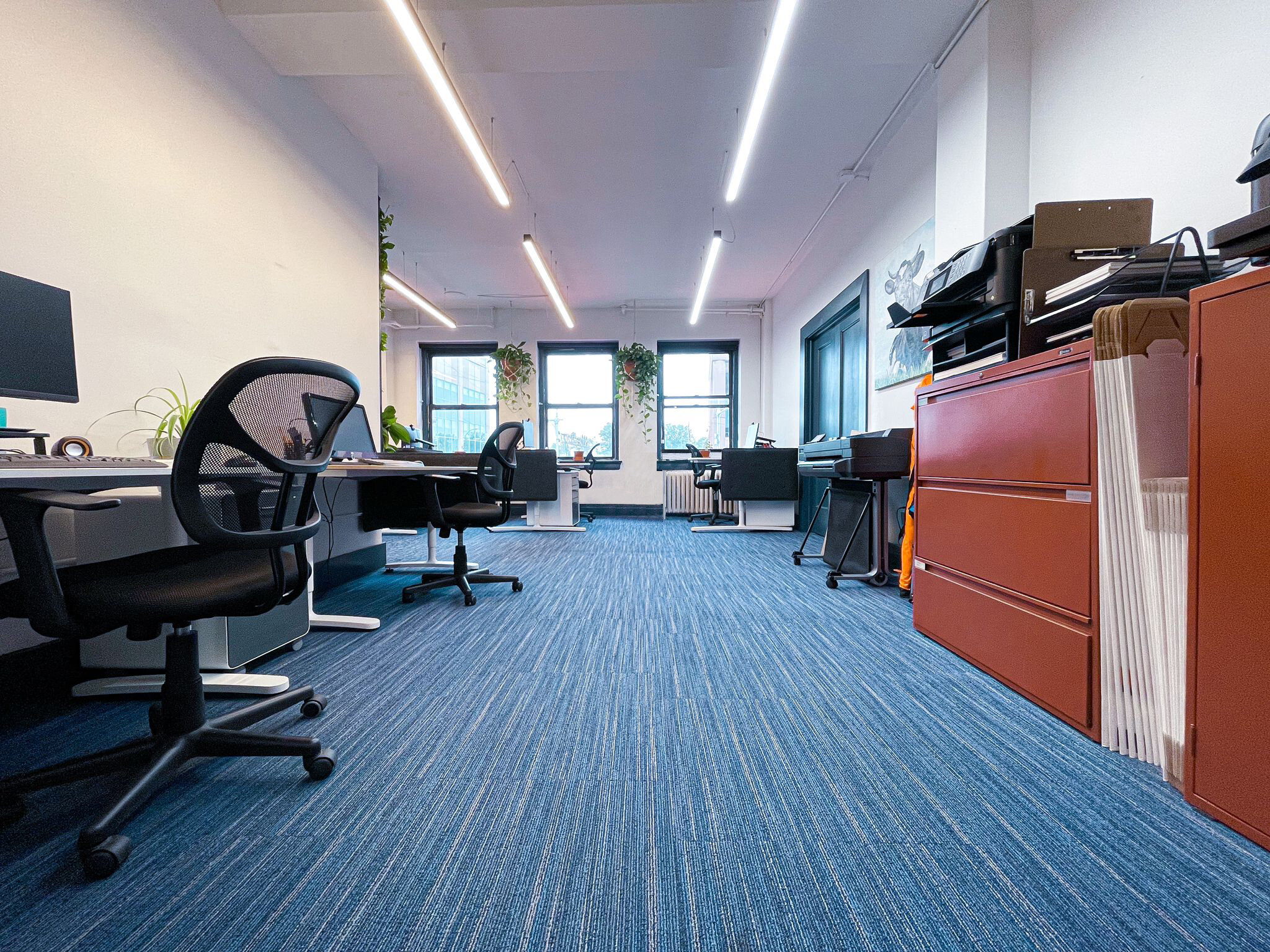GIS and Housing
Deborah Rojas De Leon, a co-author of GIS and Housing: Principles and Practices, brings her expertise to the forefront by creating all the informative graphics within the book. This book tackles the complexities of the current housing crisis in the United States, proposing denser housing options as a solution to affordability issues, limited supply, and homelessness. GIS and Housing goes beyond theory, demonstrating how Geographic Information Science (GIS) can be a powerful tool to untangle these intricate housing challenges. The authors, with their diverse backgrounds in architecture, urban planning, community engagement, and GIS, offer a well-rounded exploration of housing issues, grounded in real-world experiences. The book starts with a historical perspective, then dives into the technical aspects of GIS management. This approach bridges the gap between housing professionals and GIS experts, fostering collaboration. Through this interdisciplinary teamwork, the book proposes solutions that not only address housing but also tackle climate change and income inequality. By advocating for a collaborative approach, the authors empower all stakeholders to confront the multifaceted housing crisis with a shared understanding and purpose. GIS and Housing doesn’t just illuminate the pressing issues; it serves as a roadmap towards a future where housing is equitable and accessible for all Americans.












